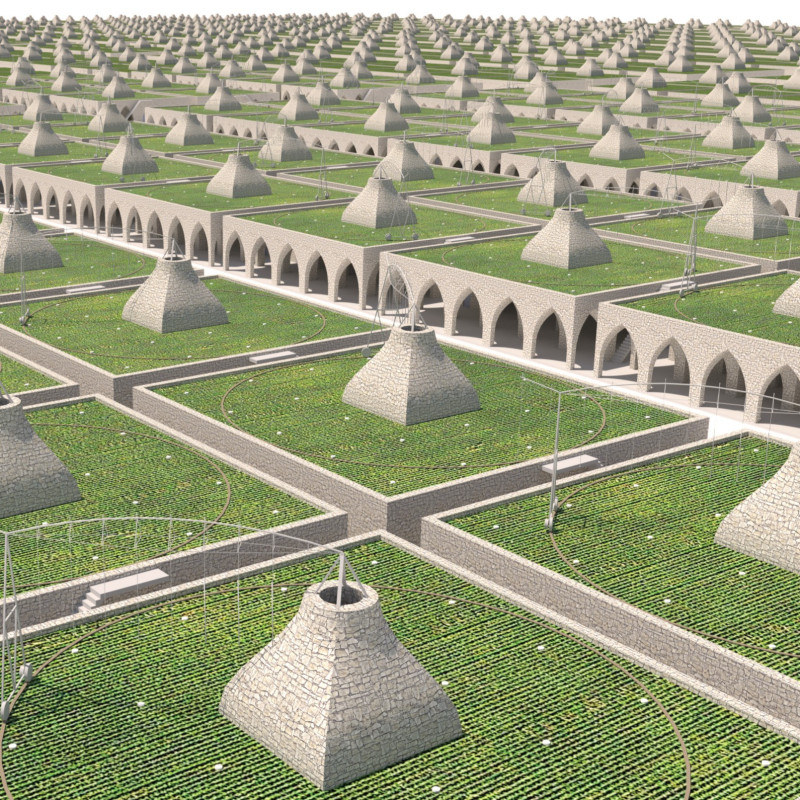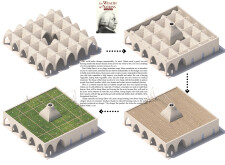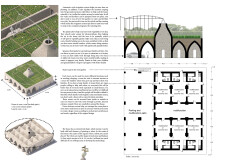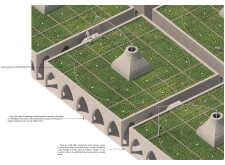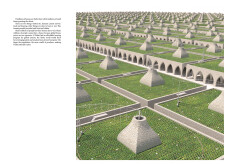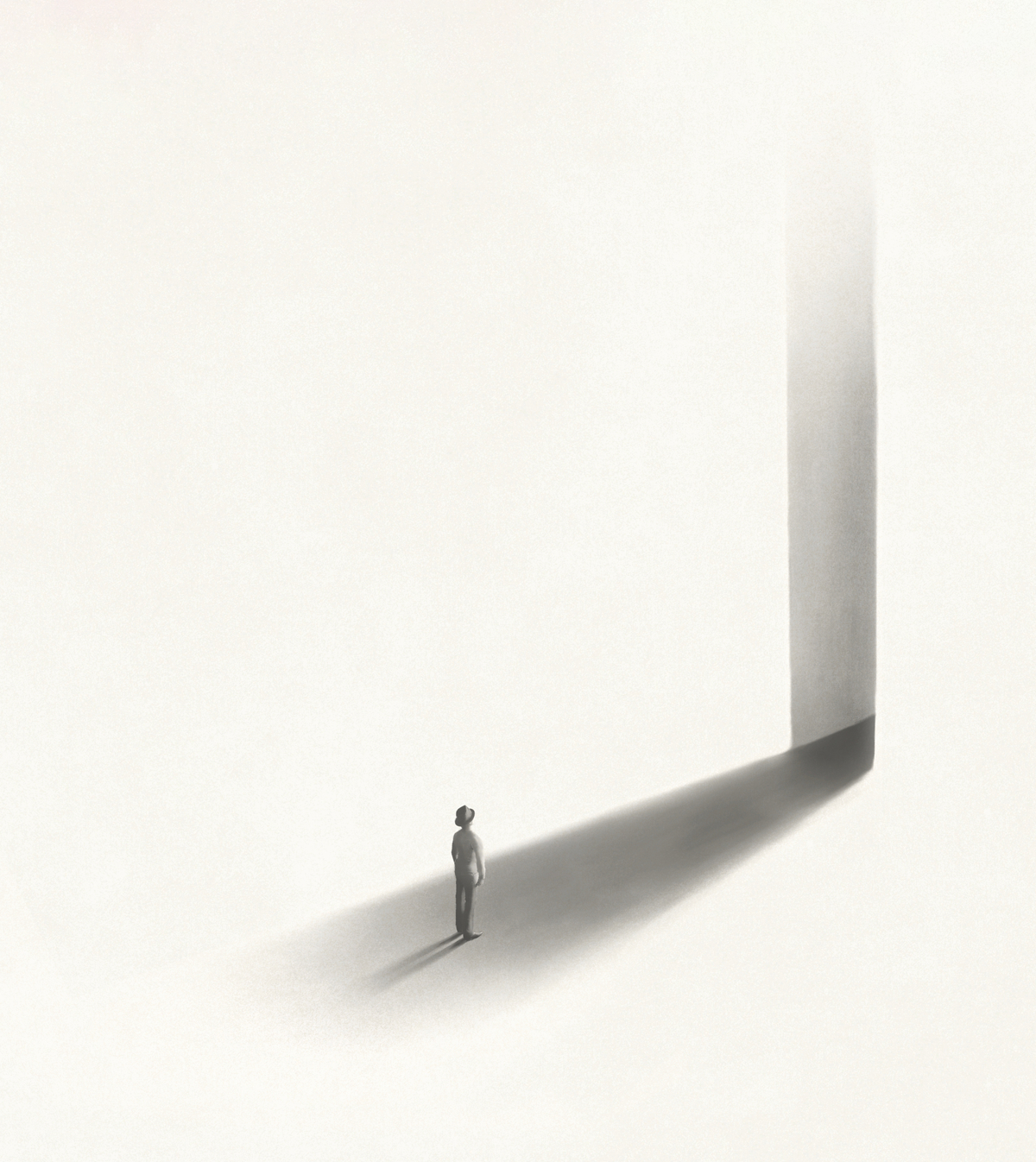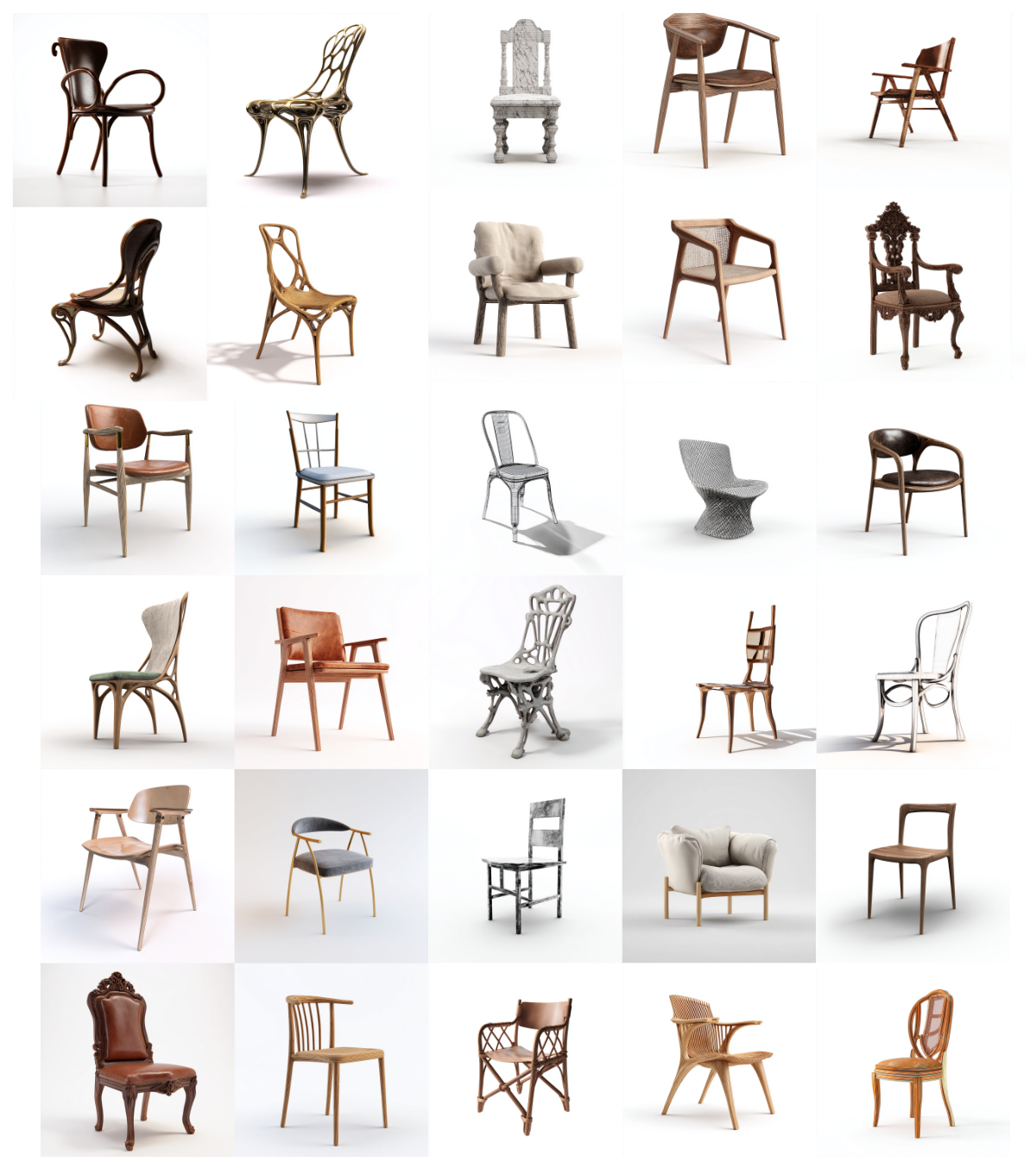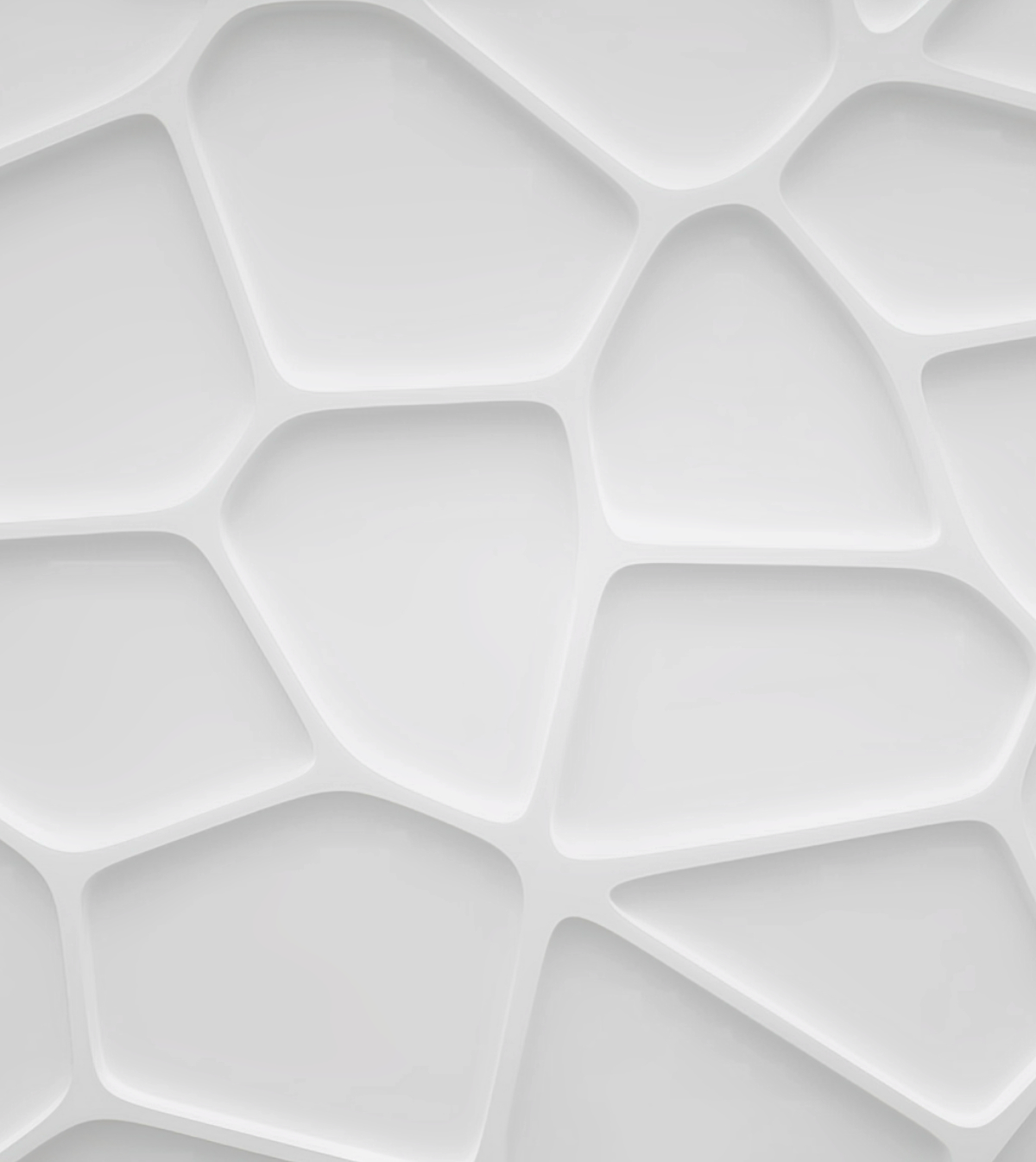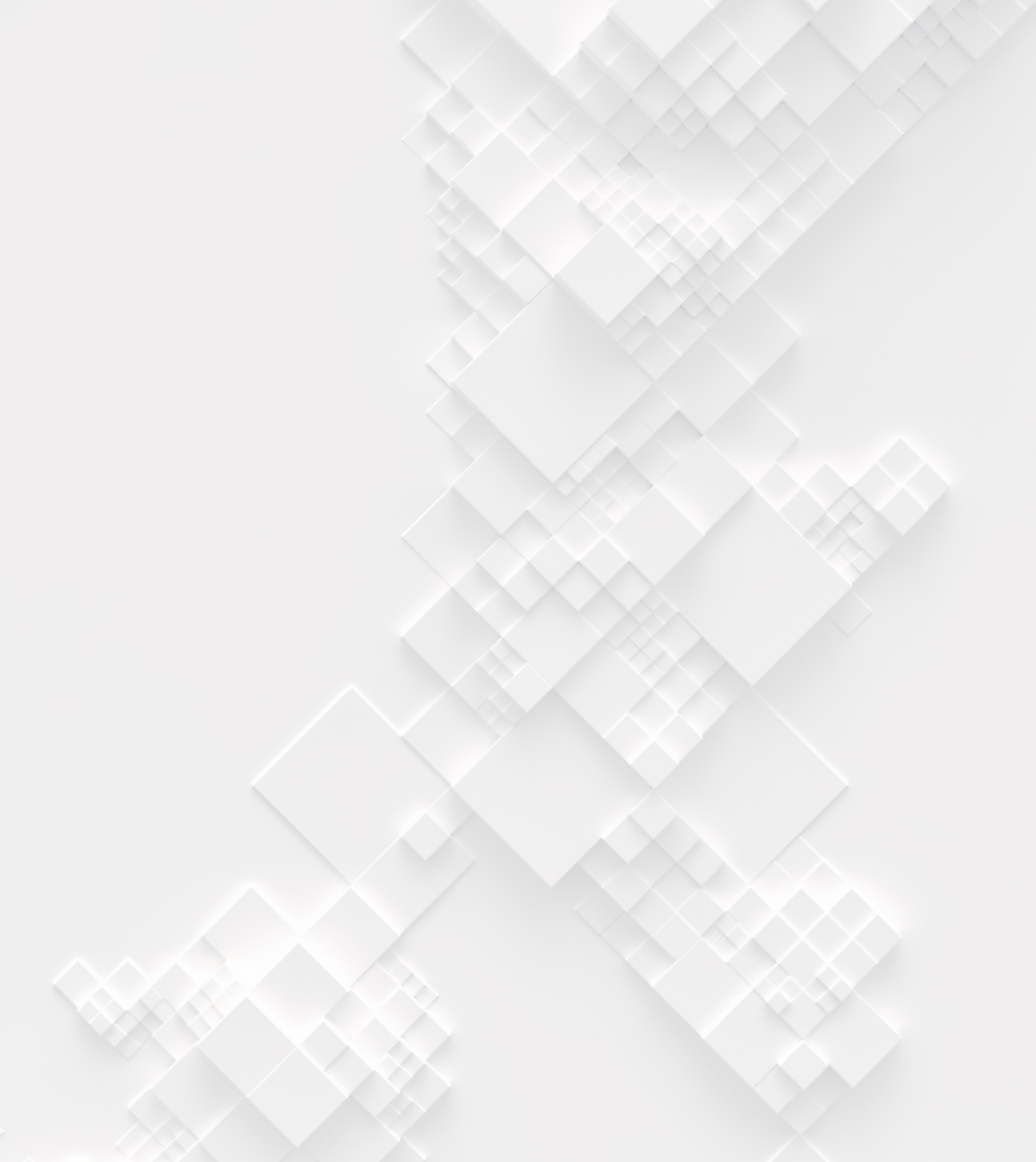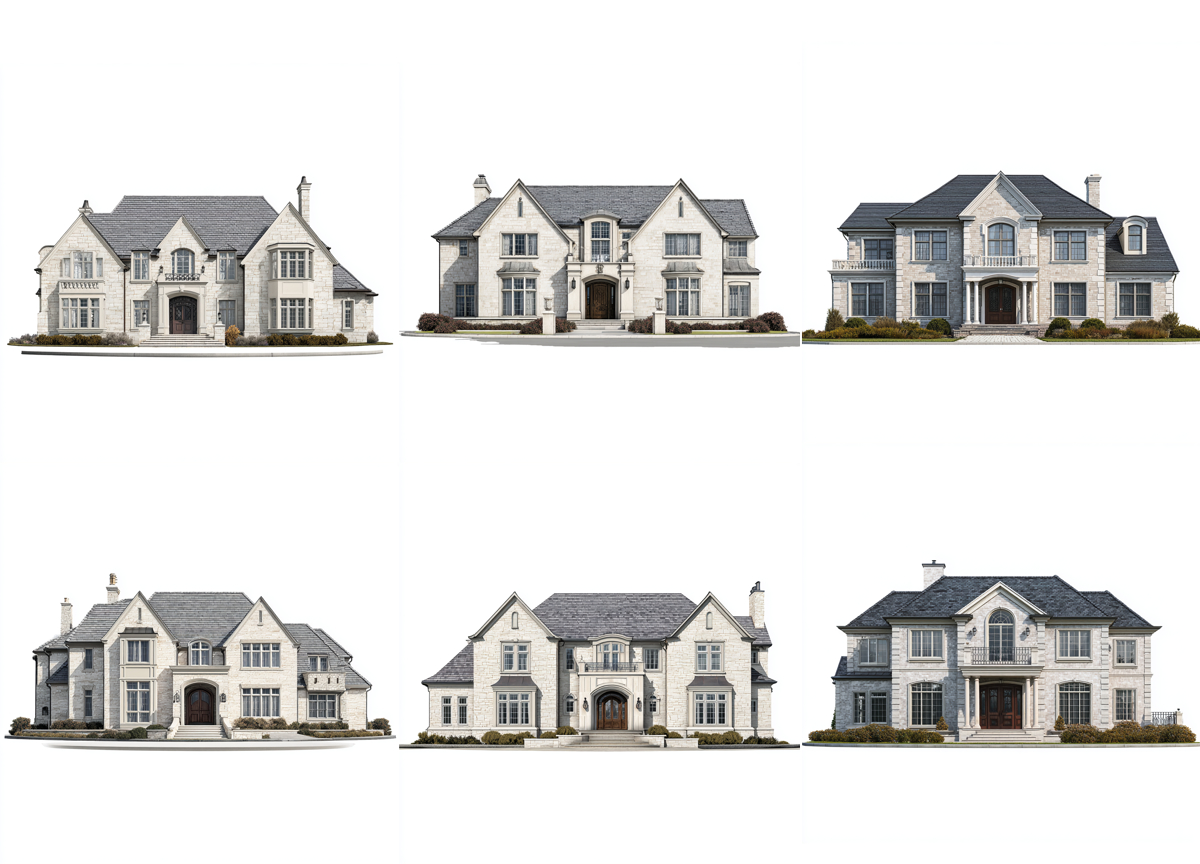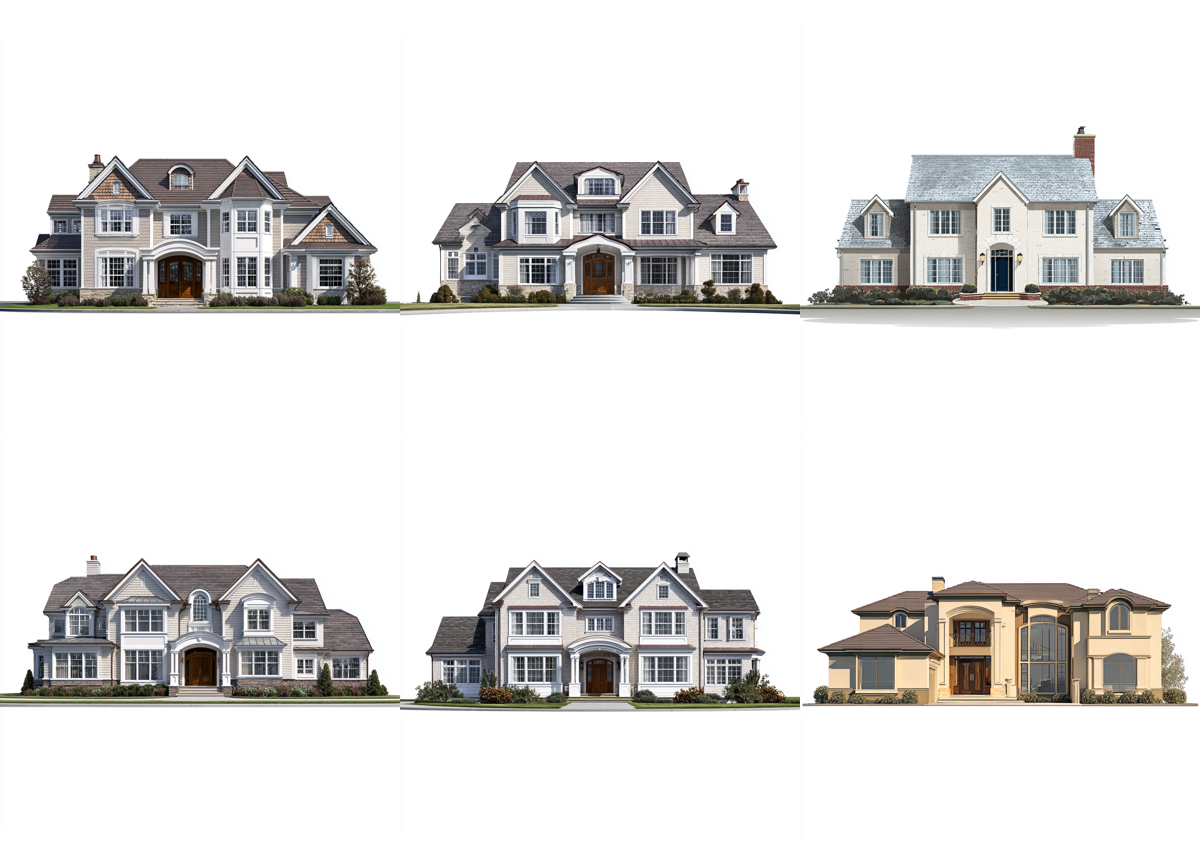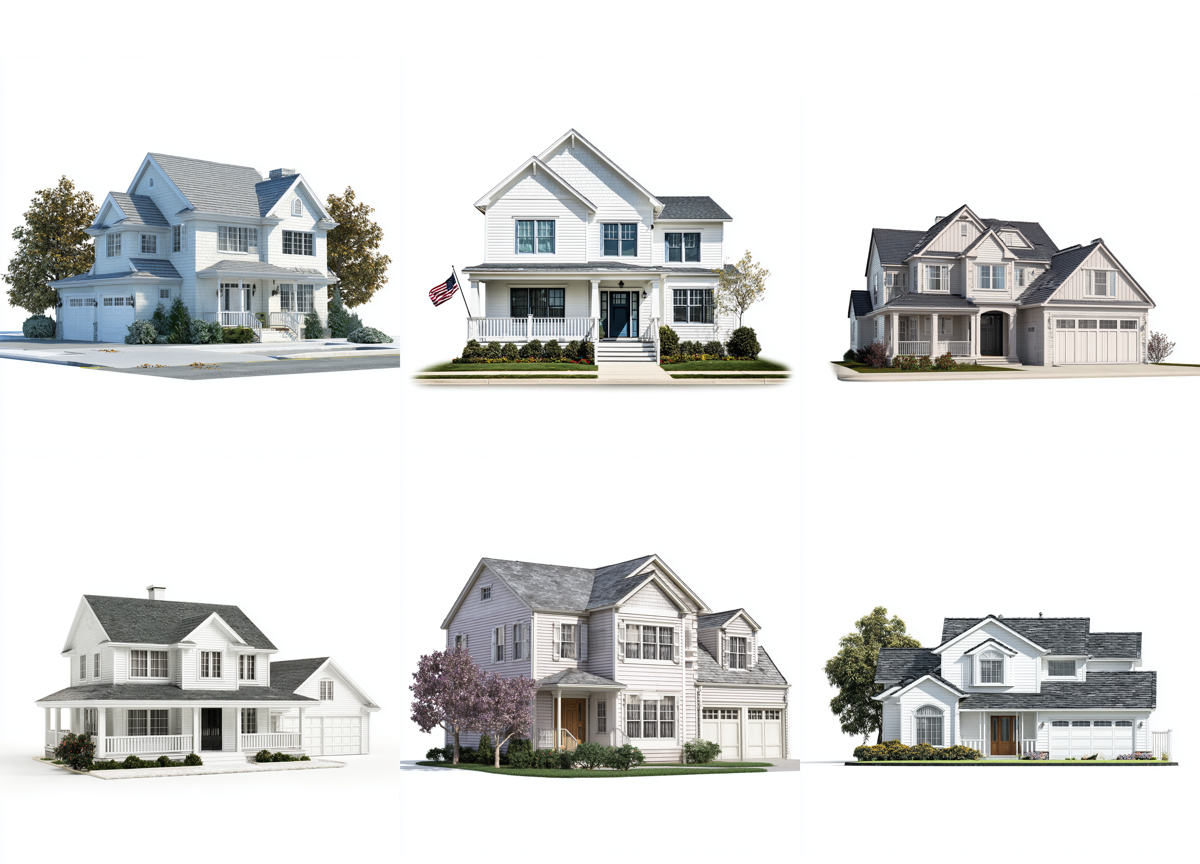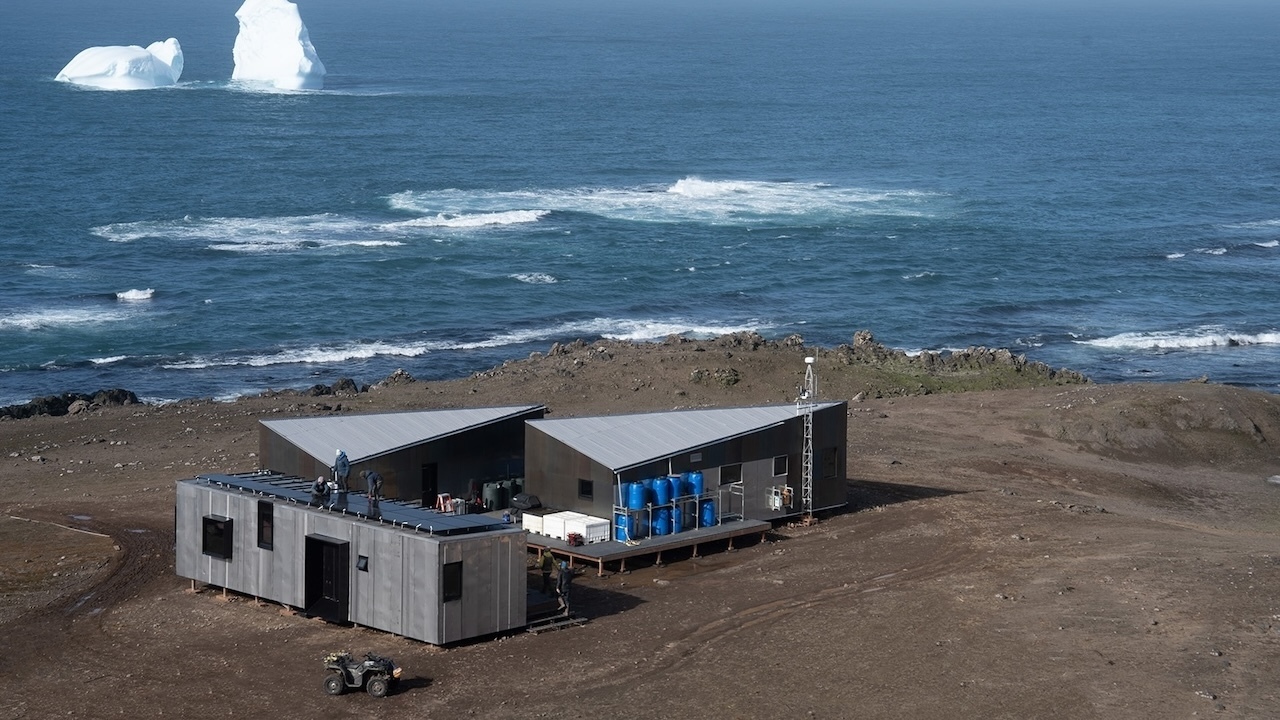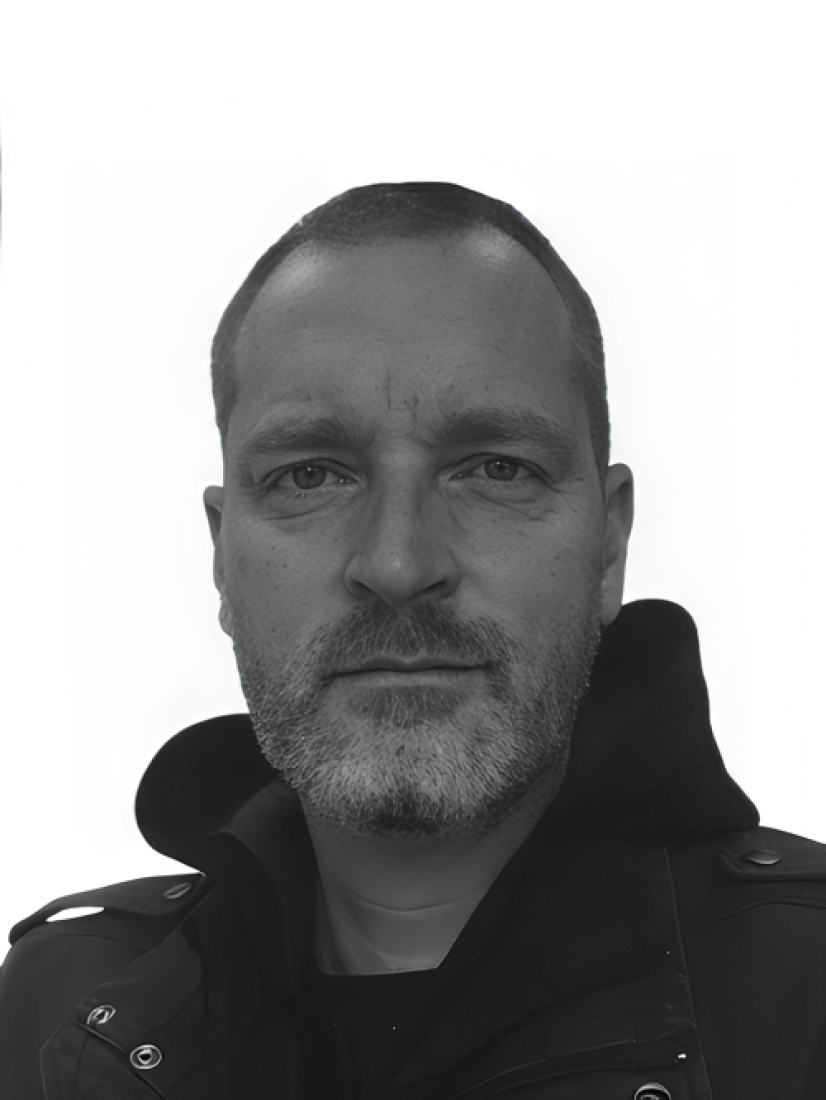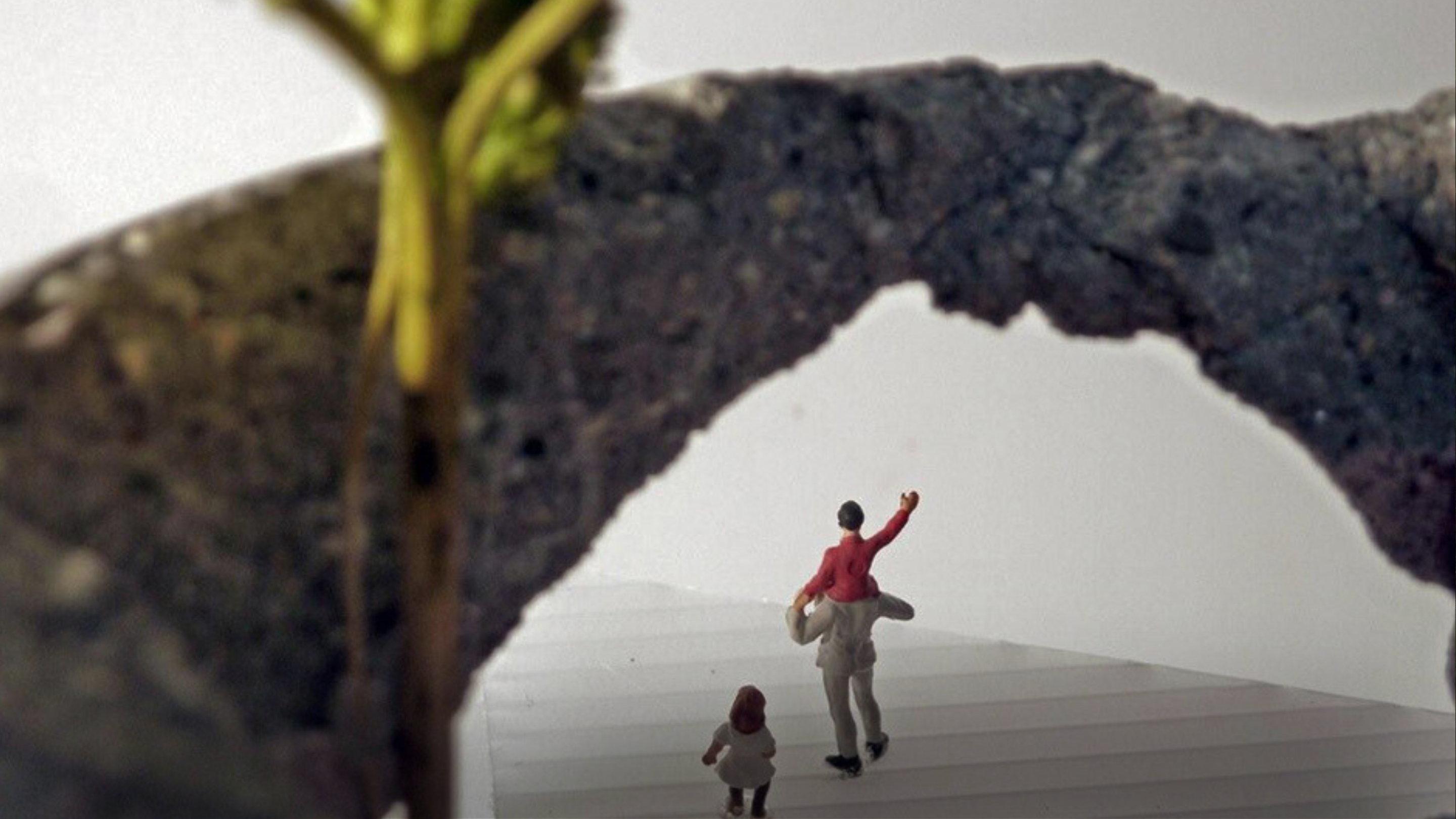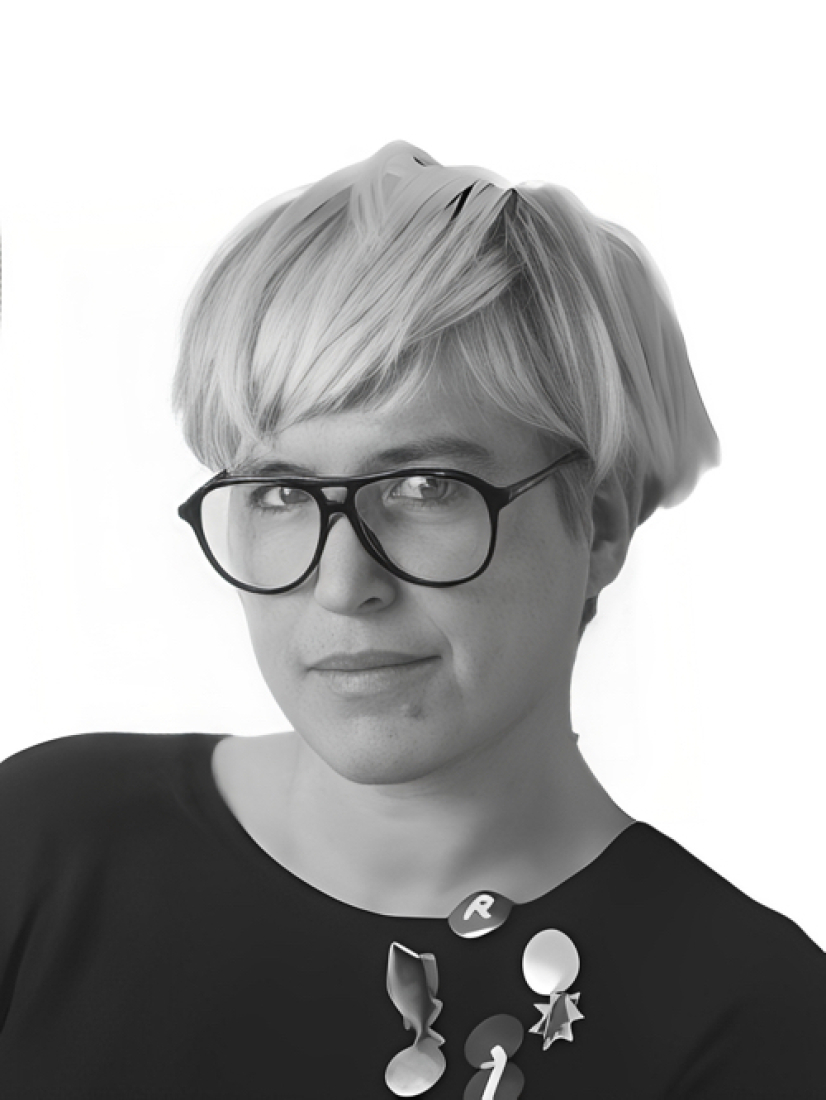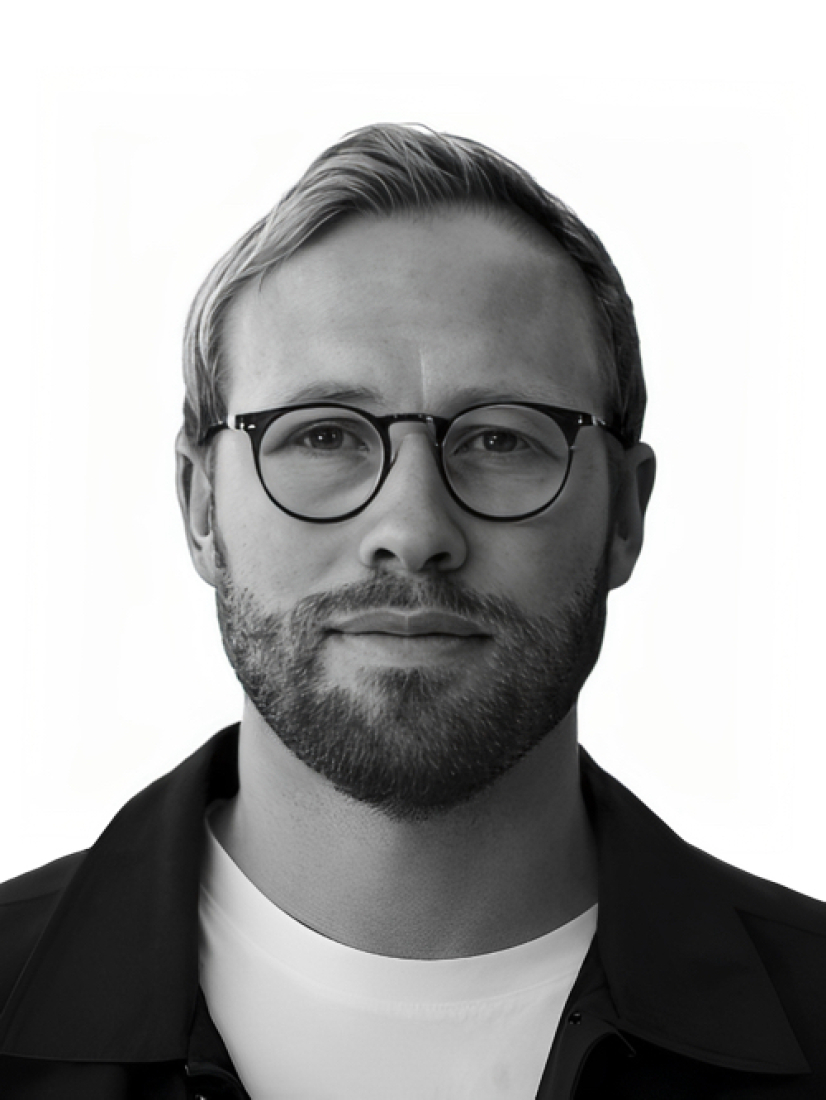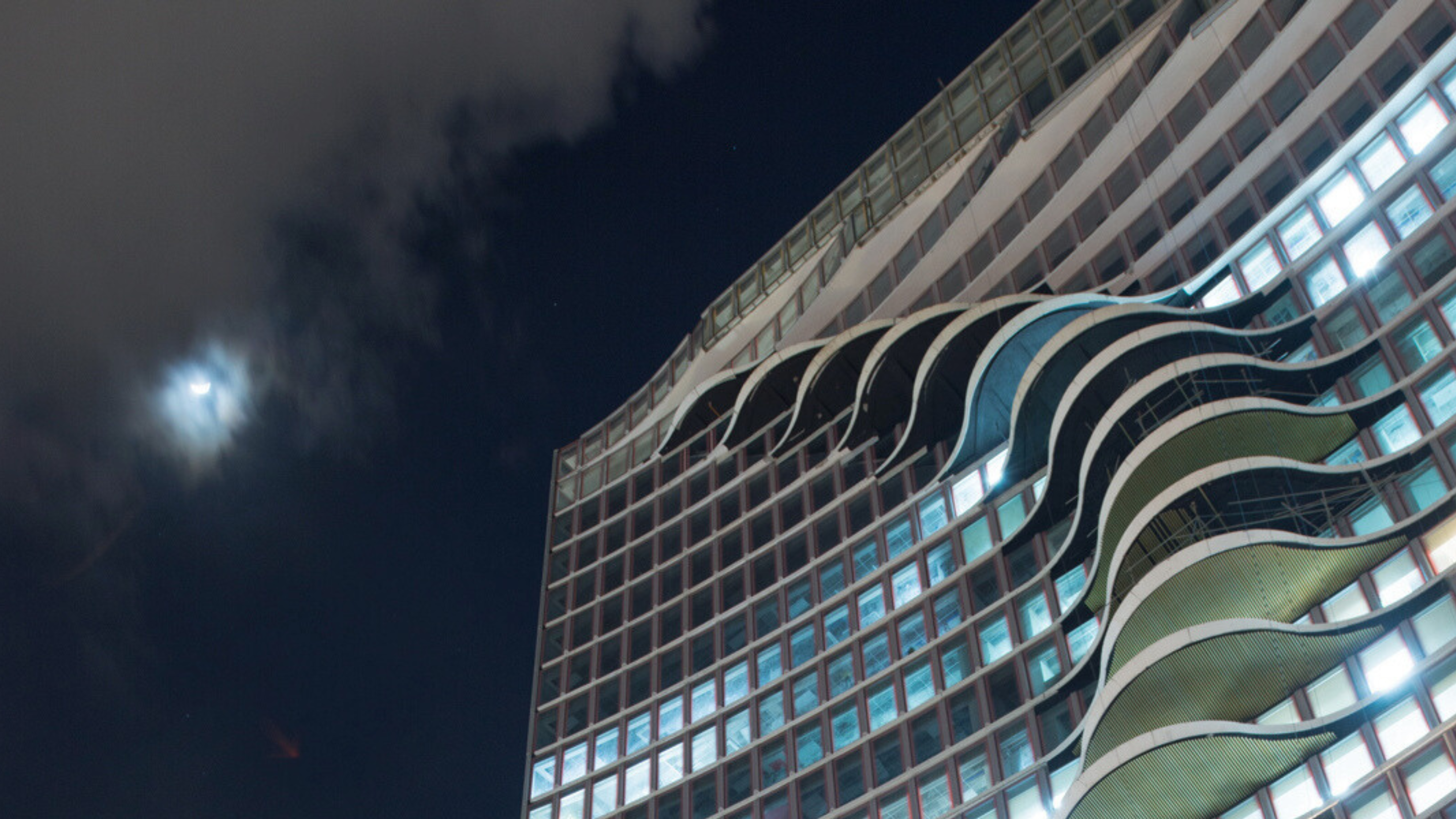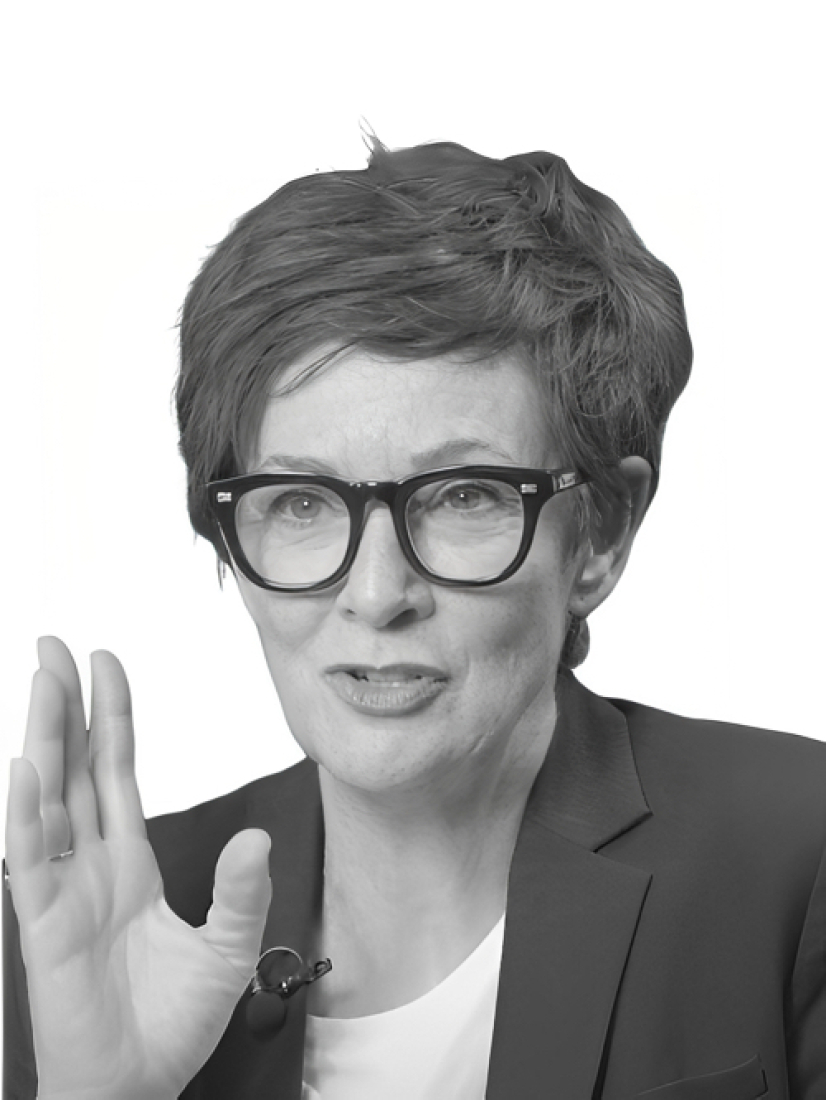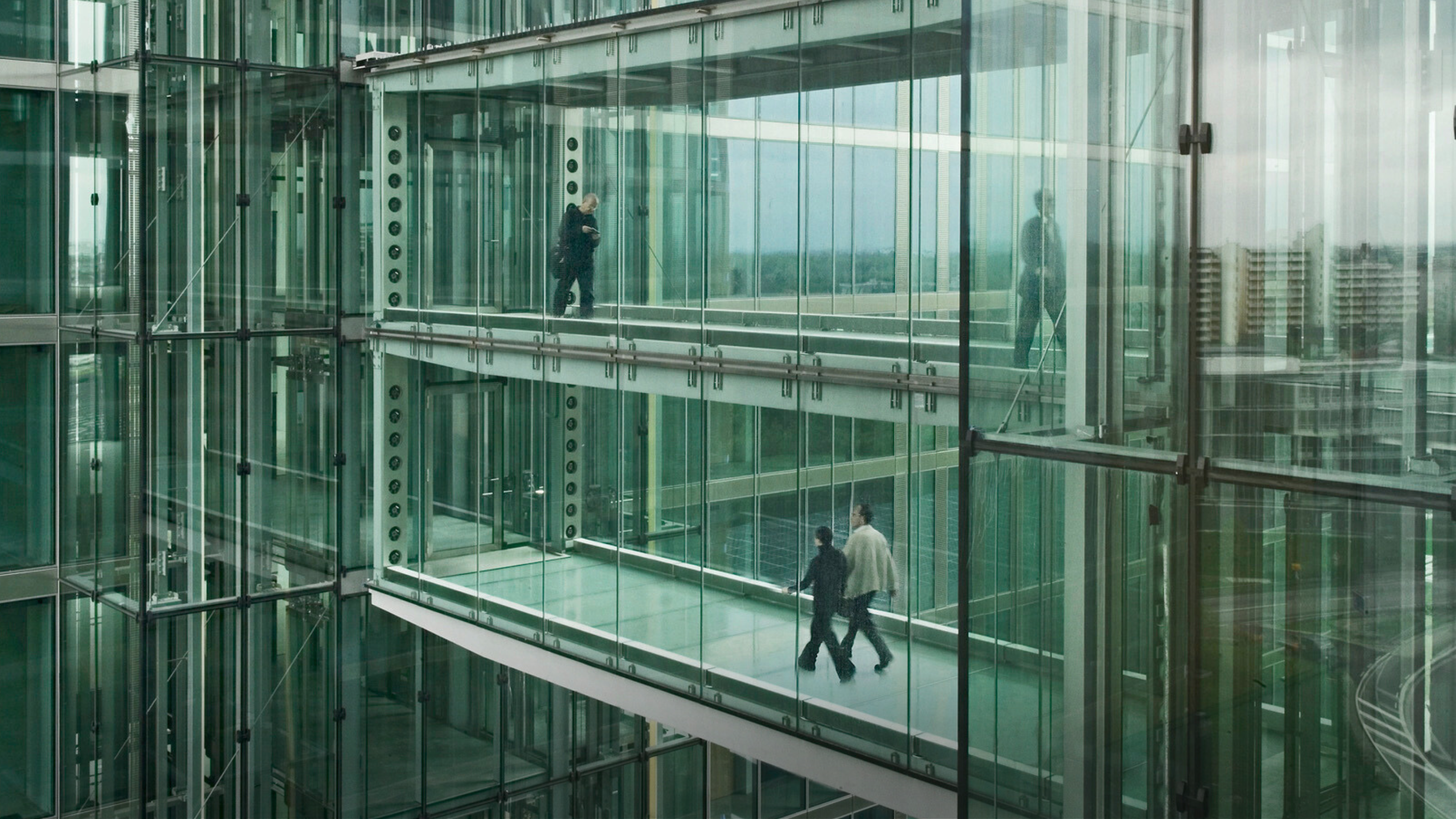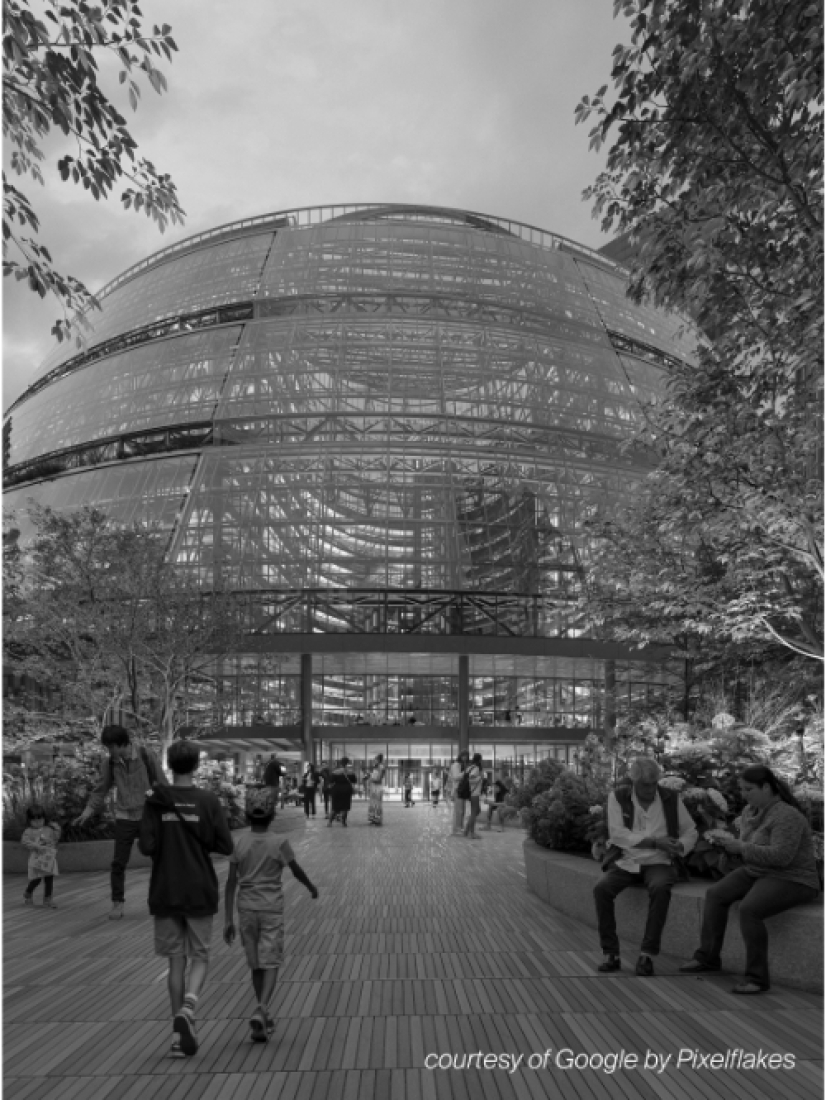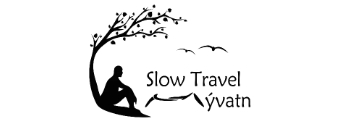5 key facts about this project
## Overview
This project focuses on the development of a housing and agricultural concept in Dubai, addressing the increasing demand for affordable housing and sustainable food sources in rapidly growing urban areas. The design emphasizes the integration of agricultural spaces within residential environments, aiming to foster community well-being and enhance social connectivity.
## Structural Configuration
The design incorporates symmetrical, cube-like structures complemented by vaulted arches, establishing a spatial arrangement that balances utility and aesthetic appeal. A central pyramid-like structure not only serves as a focal point but also functions as a vital source for irrigation, using both natural systems and technological advancements. Arched walkways enhance structural integrity while providing shaded paths that promote movement and social interaction, drawing upon elements of traditional Middle Eastern architecture.
### Agricultural Integration
Each residential unit features an extensive rooftop garden, enabling residents to cultivate fresh produce and reduce food costs. This design connection between living spaces and agricultural activities is further enhanced by accessible stairways. An automatic irrigation system efficiently manages water flow, utilizing recycled water from the gardens to support sustainable practices. The layout is arranged to encourage resource sharing among community members, fostering collaboration and cooperation.
## Materiality and Economic Viability
Local stone is predominantly used in the construction, reducing transportation costs and environmental impact while establishing a strong connection with the surrounding landscape. Additional materials include durable concrete for structural elements and metal frameworks that ensure lightweight yet robust support. The project positions itself as an economically viable solution by reducing housing costs, which can lead to lower prices for goods and services in the community, thereby enhancing overall economic resilience. This strategy aligns with principles of economic theory that link housing affordability to increased consumer spending power and collective wealth.
The design ultimately presents a comprehensive model for urban living that addresses contemporary challenges related to housing shortages and food security, promoting a balanced lifestyle that supports both mental and physical well-being.


